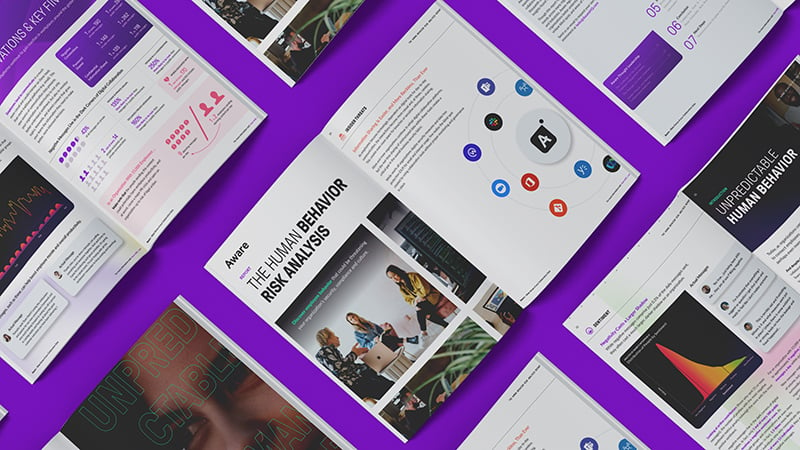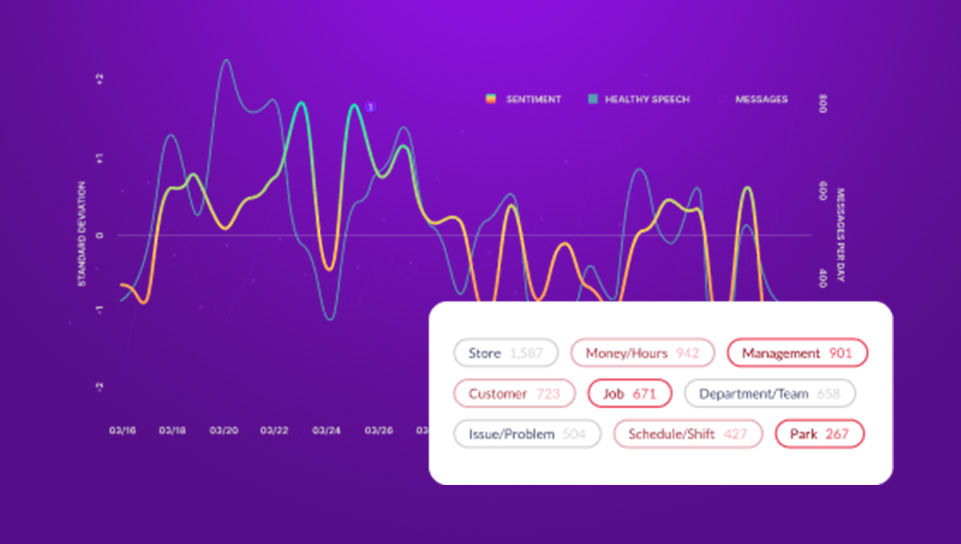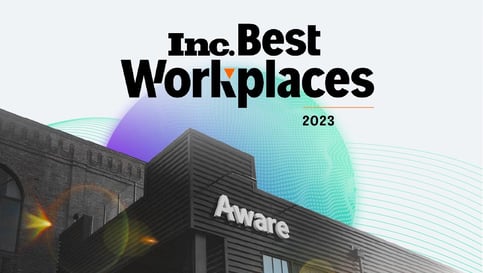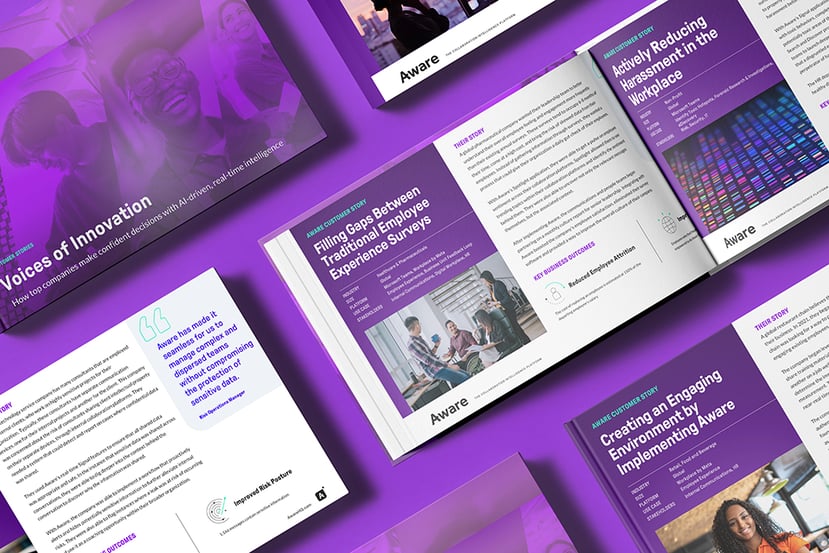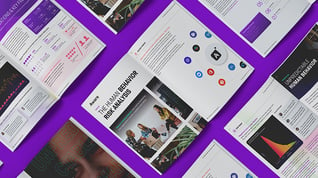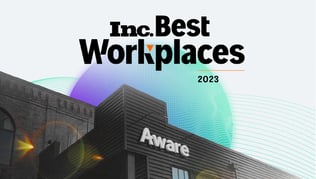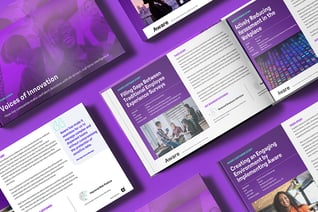Aware Resources for IT Professionals
by Aware
Valuable Free Resources for CIOs, CISOs, and Other Information Technology Leaders
The role of the information technology professional is changing. Between 2009-2019, the number of remote employees in the U.S. workforce increased from just 4% to 6%. Then the pandemic changed everything. In May 2020, over 30% of Americans were working from home. Today 16% of companies globally are completely remote and 62% of employees are on remote or hybrid schedules.
When polled, employees overwhelmingly favor remote work. An astonishing survey by Buffer found that 97.6% of people would prefer to work remotely, at least some of the time, for the rest of their career. They would also recommend remote work to others by a similar margin. But what stands out the most from these figures is that they match similar pre-pandemic surveys. The actual experience of working remotely didn’t turn the workforce off the idea — it confirmed that it was a popular one.
That has wide-scale implications for the future of work. Especially for IT professionals. The workforce of the future will be distributed, the office more virtual than ever before. And it’s down to information technology leaders to enable that switch through the long-term by identifying and procuring the right software for the job, securing the remote work environment, and enabling employees to work as effectively from home as they can in the office.
Companies with a strong collaborative culture can reduce turnover by 50% or more.
At Aware, we’ve seen firsthand how this change has impacted IT professionals. That’s why we’ve put together this resource toolkit of lessons learned. We worked with top IT professionals to understand the digital transformation of the modern workplace. Check out the information below to stay on top of major developments in the industry. Make the most of your IT stack while protecting your company data.
How to Choose the Right Collaboration Tools for Your Organization
It’s hard to overstate the impact of collaboration tools on modern businesses. Companies with a strong collaborative culture can reduce turnover by 50% or more. Employees who collaborate frequently report 17% greater job satisfaction. And more than half of American workers rating collaborative work as very important to career success.
However, getting collaboration right is about much more than simply switching on Slack or Workplace and walking away. Finding the right balance of accessibility, functionality, and security is vital. In this post, we explore the considerations of choosing the right collaboration tool(s) for your organization. Read it now, and get our free guide to aligning all stakeholders on the right collaboration choices.
Understanding Top Enterprise Collaboration Features
Not all collaboration platforms are built the same. Does your organization need a workflow collaboration tool, an enterprise social network, or both? IT leaders need to make the right choices to satisfy stakeholders while adding value with platforms that employees will actually use.
We break down the key building blocks that make up enterprise collaboration platforms and the benefits they offer. Make informed decisions about your collaboration choices by checking out this useful guide.
All About Enterprise Collaboration Software Total Cost of Ownership
The explosion of collaboration tools throughout the modern enterprise was one of the major pandemic stories. Slack almost doubled its paying customer base between 2019-2021. Microsoft Teams daily users increased from 75 million in April 2020 to 115 million by October, and 145 million in April 2021. Workplace from Meta also enjoyed unprecedented growth, with paid membership increasing 40% to 7 million users.
Most modern enterprises use at least two collaboration platforms. And each comes with its own costs and risks. Finding the right platform for your company — or figuring out how to facilitate the use of several different platforms — is critical to the future of the digital workplace. With Aware’s total cost of ownership guide, IT professionals can understand all the factors involved in collaboration software TCO and download a quick worksheet to easily calculate the TCO of their own tech stack.
5 Requirements to Create an Effective Collaboration Network Archive
Implementing an enterprise collaboration solution is only the first step. For IT professionals, it’s also important to consider the long-term management that goes on behind the scenes. This is especially true in highly regulated industries, where archiving is a legal requirement.
Take a deep dive into the functions and capabilities of enterprise collaboration network archives from legal, governance, and compliance perspectives. Make informed decisions about the needs of your organization and invest in the right solutions for your business.
The Role of CIOs in Mitigating Data Security Risks
Almost three-quarters of organizations attributed an increase in cyber-attacks to vulnerabilities of the digital workplace, according to a recent study. Greg Moran, COO of Aware, explores the obligations facing CIOs as the defenders of modern distributed enterprises.
Securing remote workplace environments and shielding company data from bad actors has never been more important. Read the post to learn how CIOs can take a proactive role in protecting sensitive information and safeguarding the remote workplace.
How Innovative CIOs Create a Human-Centered Organization
As an IT leader, you hold the power to unlock even more value from your collaboration platforms. Real-time sentiment insights and analysis can drive productivity and deliver impact throughout the organization, making collaboration tools a prized investment that delivers tangible ROI on ever dollar spent. Download the whitepaper to learn how innovative CIOs and IT professionals are using Aware to revolutionize the way their organizations see their people.
